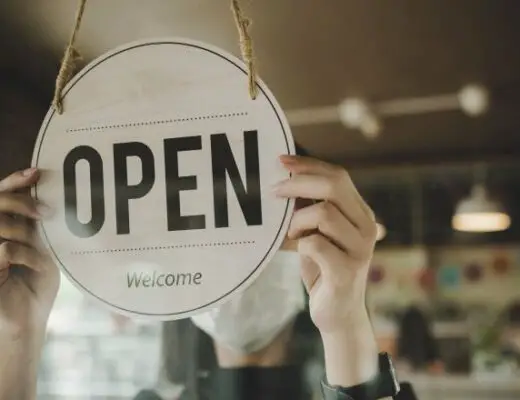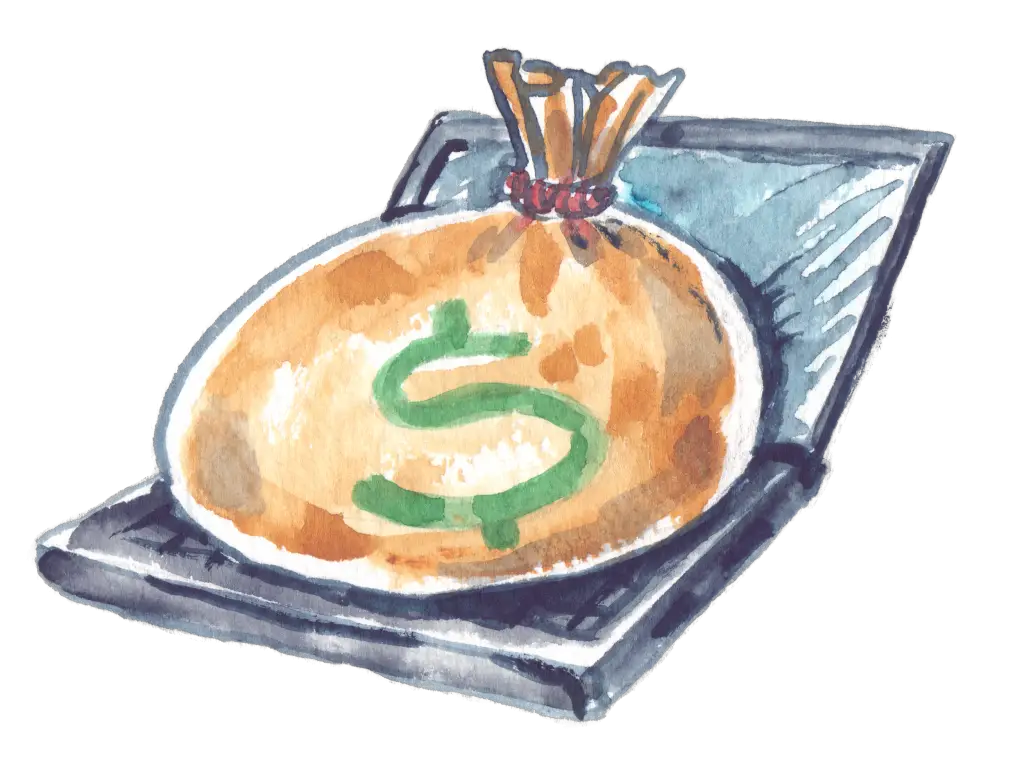
CommonCentsMom.com is advertiser-supported: we may earn compensation from the products and offers mentioned in this article. However, any expressed opinions are our own and aren't influenced by compensation. The contents of the CommonCentsMom.com website, such as text, graphics, images, and other material contained on this site (“Content”) are for informational purposes only. The Content is not intended to be a substitute for professional financial or legal advice. Always seek the advice of your Financial Advisor, CPA and Lawyer with any questions you may have regarding your situation. Never disregard professional advice or delay in seeking it because of something you have read on this website!
Nowadays, digital data is part of everyone’s lives. Everyone has sensitive digital information stored on their devices, from social media to bank accounts.
When it comes to personal finance, banking apps have become the norm. In many countries, smartphones have become synonymous with wallets.
With smartphones and computers being able to execute payments and transfers, and with banking management becoming increasingly more digital, digital devices have become a source of valuable data.
However, there will be people with bad intentions wherever there’s value. Digital attacks are increasing and will likely continue to increase as modern society continues the digitalization of its services. That’s why protecting our devices is one of the most critical steps to ensure our data’s safety.
How To Protect Personal Finance Data
One can use several methods to ensure data safety. Here are some of the most effective:
Activate Two-Factor Authentication (2FA)
Two-Factor Authentication, or 2FA, is a digital protection system that is present in most personal banking apps.
Activating 2FA increases your data’s safety by requesting two different login methods. For example, besides typing your password or using fingerprint/face recognition, you’ll also have to type a code that will be sent as a text message to your smartphone.
By employing this method, you drastically increase the likelihood of preventing digital attacks. It does not make it impossible for hackers to attack you, but it makes it much harder. Attackers would need to hack both your banking account and your personal device.
Use a Virtual Private Network (VPN)
Virtual Private Networks, or VPNs, are some of the best tools to prevent digital attacks. With the ever-increasing availability of free public Wi-Fi networks also comes the danger of unwanted attacks.
Public Wi-Fi networks are usually weakly protected and allow easy attacks on anyone without adequate protection. That’s why using a VPN is a great way to prevent attacks.
VPNs encrypt the data transmitted between your device and any network. Not only that, but you can also change your global position. Most VPNs will allow you to choose any country and will connect you through a network from that region. By doing so, you can access online content that would be blocked to you otherwise.
Use An Encrypted Vault
Encrypted Vaults, as the name indicates, work as digital vaults. Encrypted Vaults use advanced encryption methods that make personal data unreadable to anyone without the decryption key.
Encrypted Vaults are most commonly used to assist individuals and companies in storing information which can range from sensitive financial data all the way to employee records. They are increasingly tailored to protect that type of data.
Besides having the most advanced encryption methods, Encrypted Vaults usually offer user-friendly interfaces,
Information will be easily accessible through any device, making Encrypted Vaults very convenient. This also allows for easy organization of all files, with an interface that lets users create folders and move files as they please.
Regularly Monitor Financial Accounts
Another good practice to ensure data safety is checking financial accounts and apps regularly.
By doing so, users can verify if there was no unauthorized access. Confirming that all movements, transactions, and purchases are in order while certifying that there were no changes to access credentials is also crucial in determining if there was an attack.
Sometimes the best methods are the simplest: regularly checking accounts is free and requires little time while letting users catch an attacker before they can do too much damage.
What If There’s An Attack?
Any victim of a digital financial attack should, first of all, contact their bank. Banks are prepared to face these situations and usually have systems to defend their customers.
In most cases, banks will return the value stolen and will help in the process of recovering all digital accounts.
Final Thoughts
As devices become increasingly more important in people’s daily lives, digital attacks will remain a part of society.
Practicing good digital protection is the best way to protect personal financial data. Strong passwords, two-factor authentication, or even an encrypted vault are proven methods that drastically increase digital safety.
There are also other protection methods, as mentioned in this article, that should also be taken into consideration to ensure the best protection of personal data.







